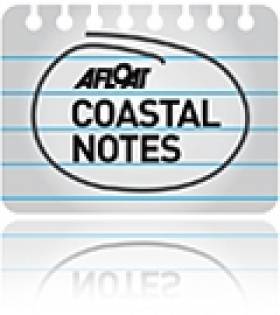Displaying items by tag: Tom Coughlan
Clare County Council Approves Doolin Development
The controversial €6 million deveopment of Doolin Point has been backed unanimously by Clare councillors.
Clare county manager Tom Coughlan had recommended giving approval for the revised plan, which was submitted after surfers expressed concerns over the impact of the original scheme on waves in the area.
The scheme has already received support from the Doolin Coast Guard Unit and local tourism and business groups.
But according to The Irish Times, the Irish Surfing Association (ISA) maintains that even the amended plans – which move the new pier 25m further away from the surf – would destroy the "world renowned" Crab Island and Doolin Point waves.
The ISA and West Coast Surf Club have warned the council that loss of the waves could cost up to €33 million per year in revenue generated by surf tourism in the area - a concern backed by Fáilte Ireland.
The Doolin Point pier project must be completed by the end of this year in order for the council to draw the €6 million in Government funding required.





























































